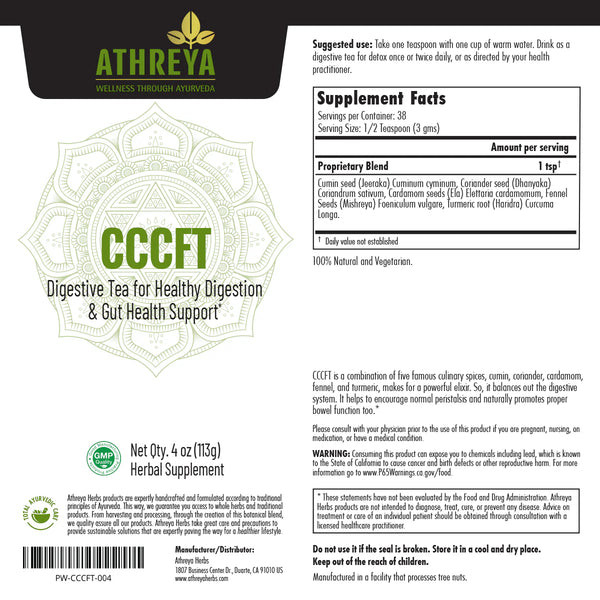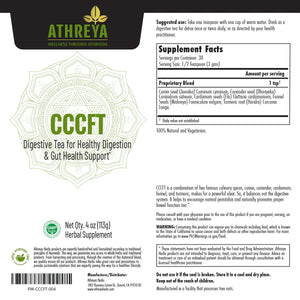Healthy Digestion Tea Powder (CCCFT)
- A blend of five herbs and spices. Like Cumin, Coriander, Cardamom, Fennel, and Turmeric
- This Ayurvedic supplement soothes occasional gut inflammation
- Promotes healthy regular bowel movements
- Benefits of CCCFT include helping regulate digestion by balancing Agni
- Supports a healthy gut-brain connection
- It promotes oral health and supports the elimination of occasional bad breath
Secure Gut (Triphala Guggulu)
- A traditional Ayurvedic blend made of Triphala, Guggulu, Guduchi, and Long pepper
- It promotes the removal of toxins from the gut and immunes health by improving metabolism
- It Supports healthy movement of blood from the entire colon to promote gut immunity
- It helps maintain normal levels of fat circulating in the blood and revitalization of tissues to support normal function
- Aids in scraping the Ama and Kapha from the nose, throat, and sinuses
- Each Tablets offers 450 mg of pure Ayurvedic formula
Healthy Digestion Tablets
- Contains a synergistic blend of Ayurvedic herbs that maintain healthy digestive function
- Promotes regular and healthy digestive secretions
- It helps maintain healthy gut lining and tissues in the GI tract
- It assists with nutrient breakdown and assimilation
- Supports peristaltic movement within the stomach and intestines
*Please consult with your physician prior to the use of this product if you are pregnant, or nursing, or on medication, or have a medical condition. Do not use it if the seal is broken. Store it in a cool and dry place. Keep out of the reach of children.*





























